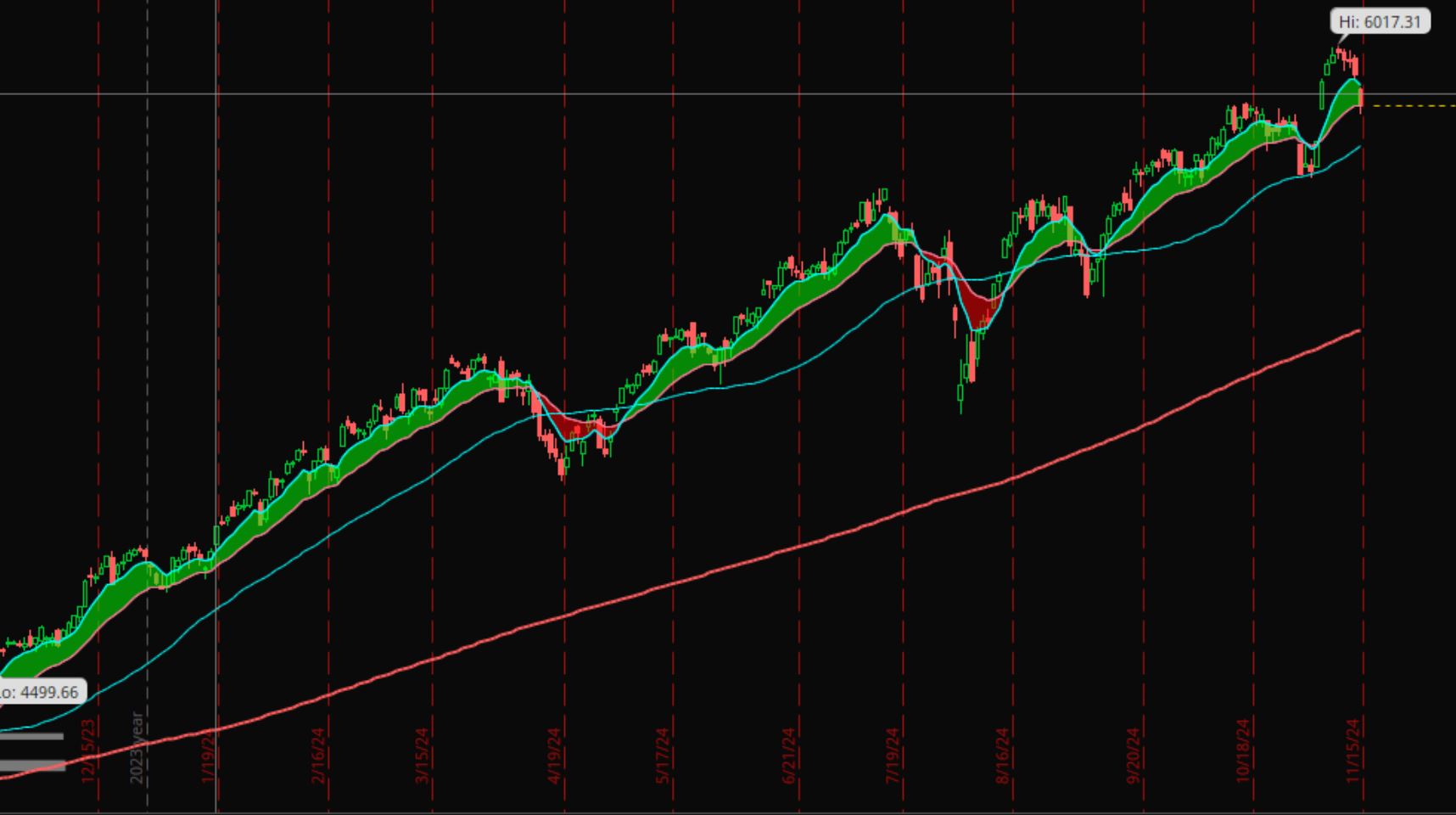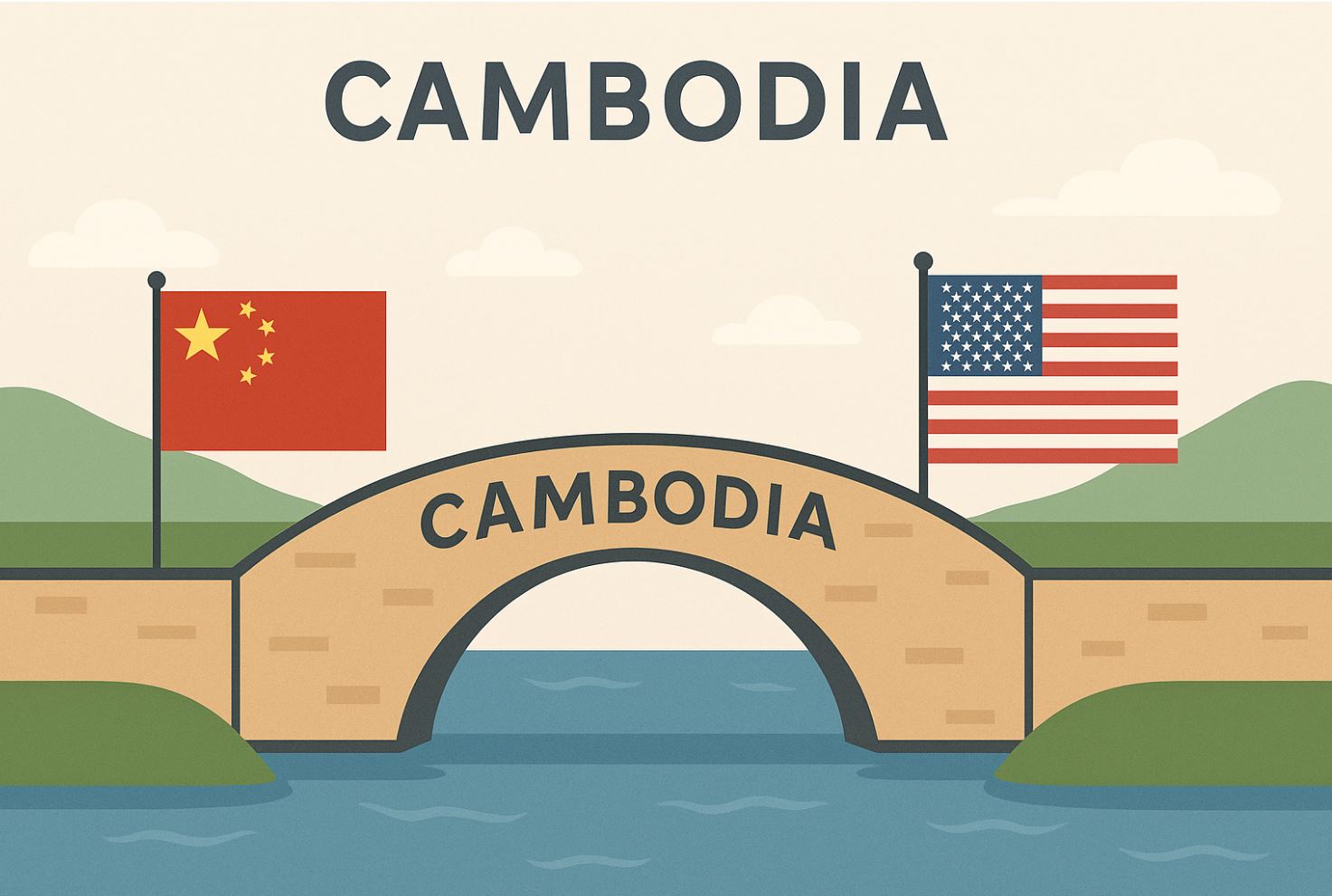Why Cambodia Needs Both China and the US
What Q1 2025 tells us about the country’s economic balancing act
Recent data from Cambodia’s first quarter of 2025 paints a clear picture: the country leans heavily on both China and the United States — but for very different reasons.
China: The Factory Partner
Nearly half of all Cambodia’s imports in early 2025 came from China — everything from raw materials to fuel. China is also by far the biggest foreign investor in Cambodia, funding factories, roads, and infrastructure projects. In fact, over half of all new investment approved this year came from China.
Much of what Cambodia buys from China is directly tied to its garment industry — things like fabrics, cotton, and machines. These goods are processed in Cambodian/ Chinese factories, turned into clothing and other products, and then shipped abroad.
The US: The Customer
On the other side of this equation is the United States. While the US sells relatively little to Cambodia, it buys a lot — especially clothing. In fact, over a third of Cambodia’s exports in Q1 2025 went to the US, mostly garments, shoes, and travel accessories.
A Delicate Chain Reaction
Cambodia’s economy depends on this flow: buy materials from China, make goods in local factories, and sell them to the US. If one link in this chain weakens, the whole system feels it.
For example, if the US reduces its imports from Cambodia — say, by raising tariffs or slowing demand — Cambodia’s garment exports drop. That means factories cut production, buy fewer materials from China, and possibly lay off workers. This, in turn, reduces the need for Chinese investment in factories, ports, or even clean energy projects that power those factories.
Investment with Strings Attached
China’s role goes beyond just selling goods. It’s building the backbone of Cambodia’s industry — from roads to solar farms — much of it centered around manufacturing. But that investment only makes sense if Cambodia’s factories are busy and growing. If exports fall, investment in these sectors is likely to fall too.
So, while it might look like Cambodia could simply shift more toward China if relations with the US cool down, the reality is more complicated. Chinese investment isn’t purely philanthropic; it’s there to support Cambodia’s manufacturing and export economy — much of which depends on American consumers.
The Big Picture
Cambodia’s economy is tightly interwoven with both global powers. China provides the fuel, tools, and funding. The US buys the final products. This isn’t a case of choosing one partner over the other — Cambodia needs both to keep the machine running.
As global politics shift and trade policies change, Cambodia will need to carefully manage this balance. A move on one side — like US tariffs or cooling Chinese investment — could ripple through the entire economy.
In short: Cambodia’s economy isn’t split between China and the US — it’s built on a bridge between them.












Leave a Reply